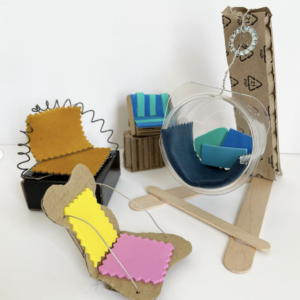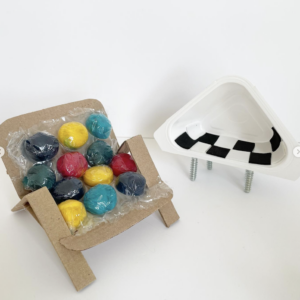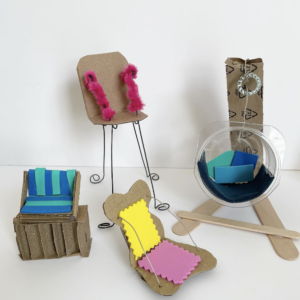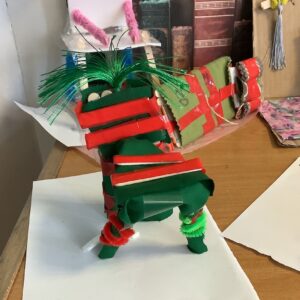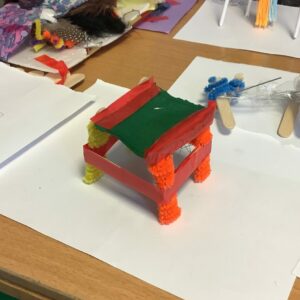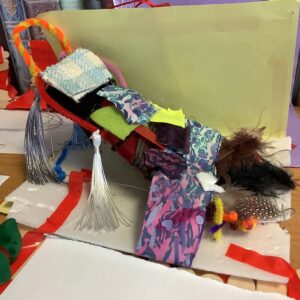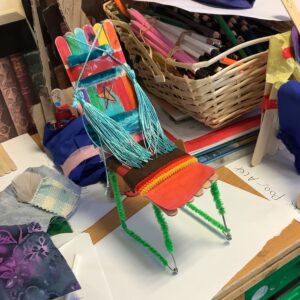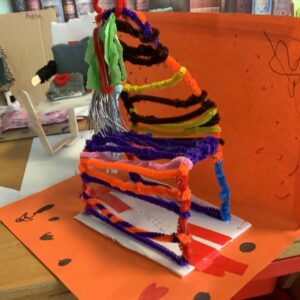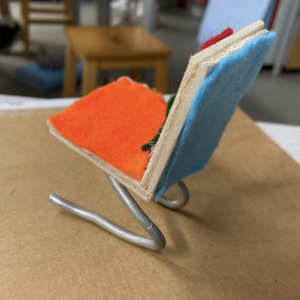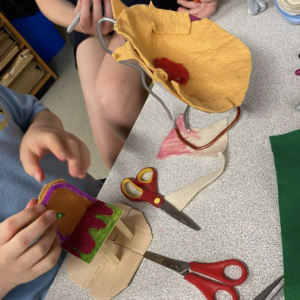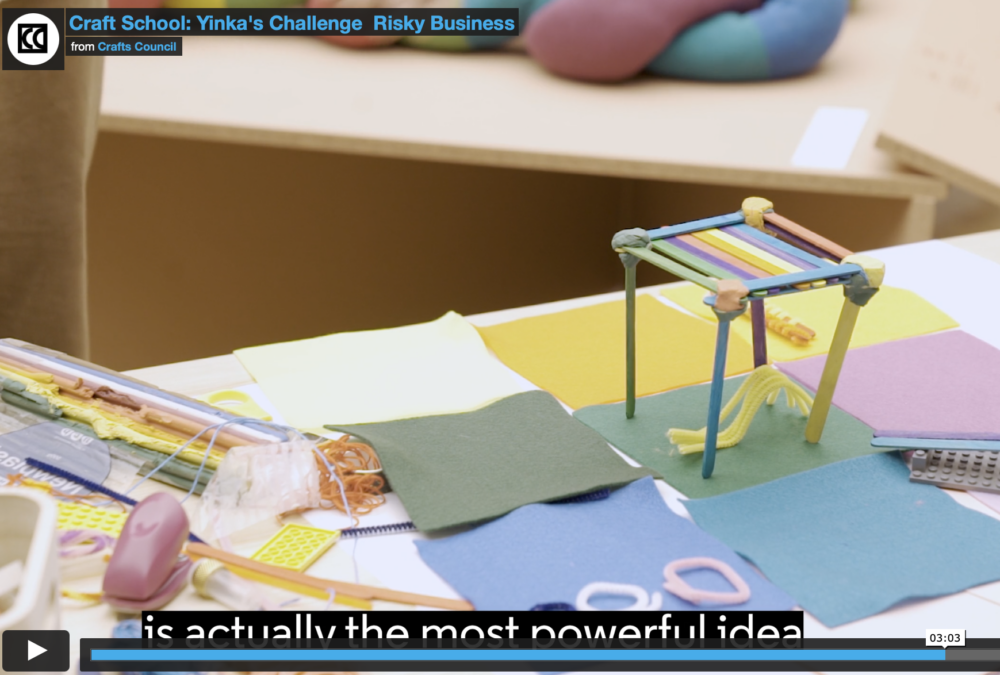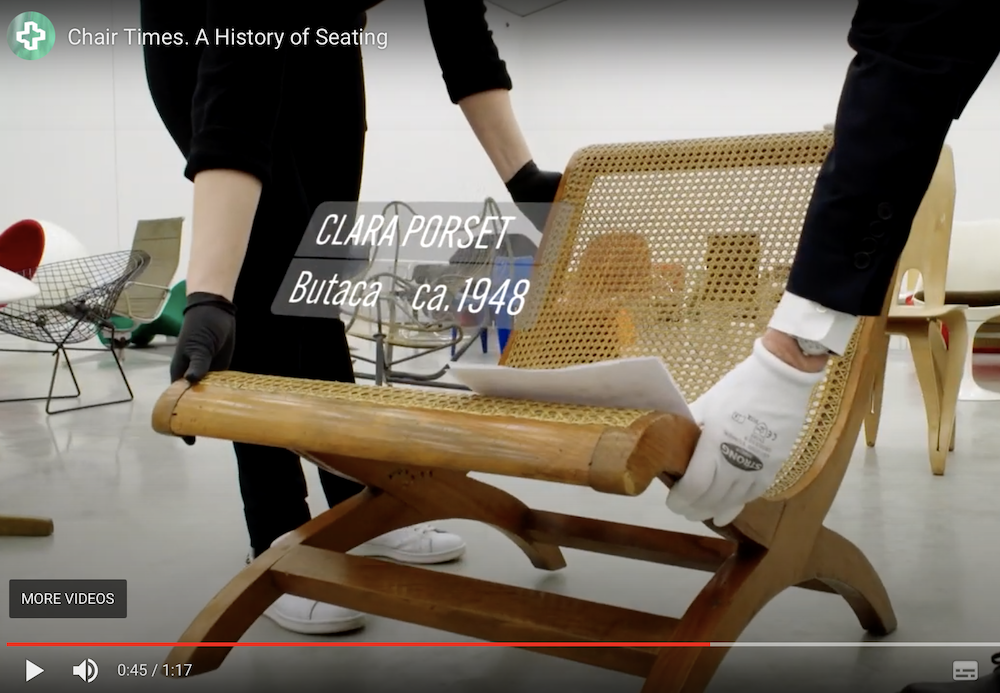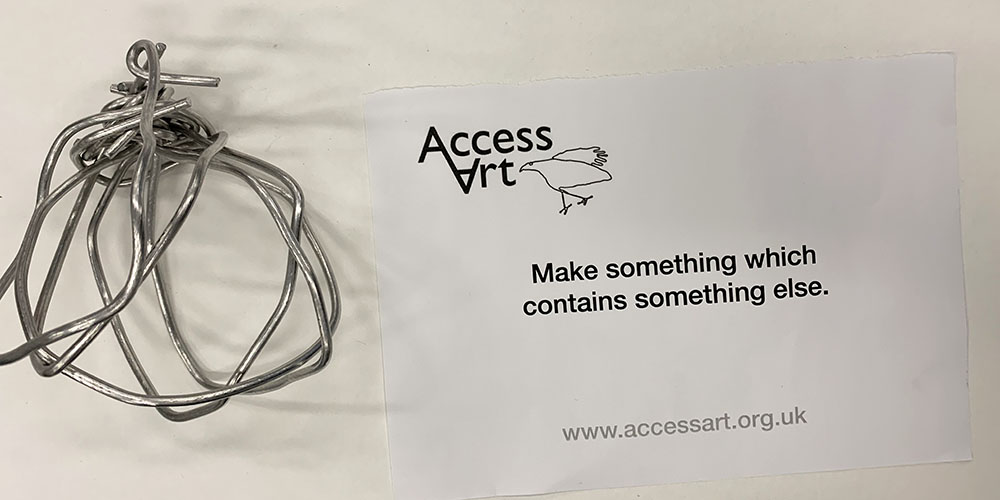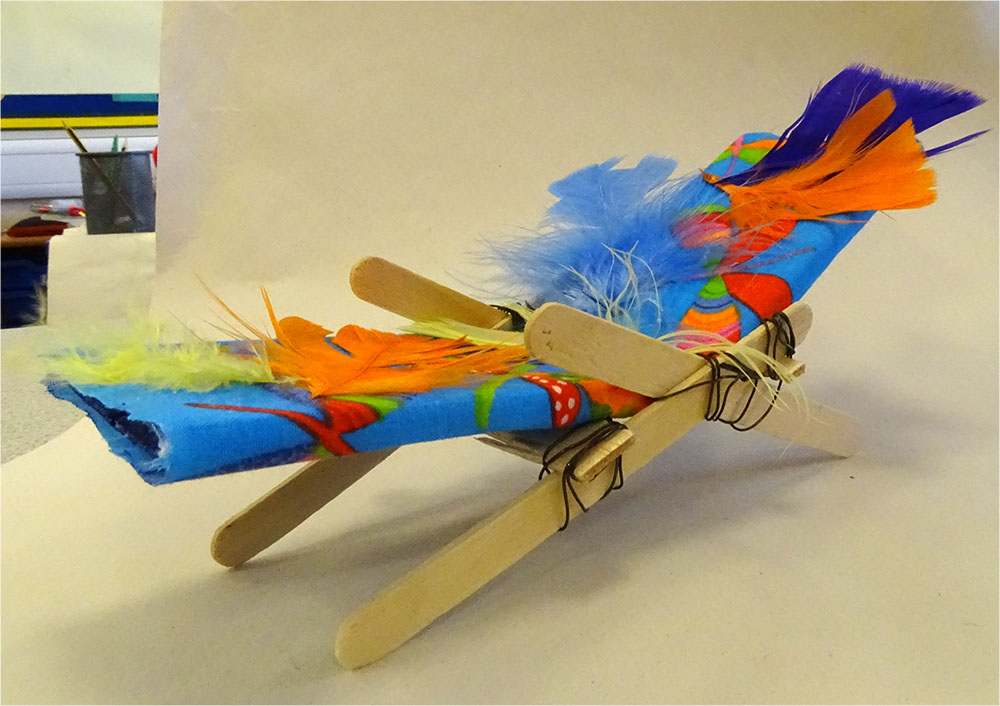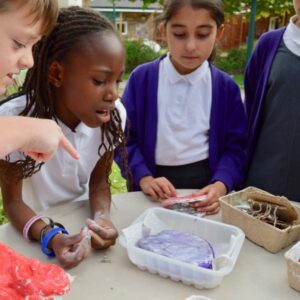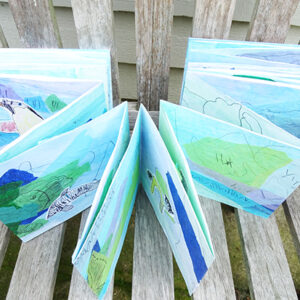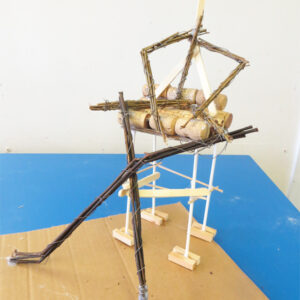Pathway: Take A Seat
Pathway for Years 5 & 6
Disciplines:
Design, Making, Drawing, Sketchbooks
Key Concepts:
-
That artists who create furniture are often called craftspeople or designers.
-
That furniture is more than just practical – designers and craftspeople produce furniture which reflects the era or culture it is made in, or the personality of the maker.
-
That as artists, we can use a variety of materials to design and make our own model chairs. The chairs we make can reflect our personality, and be enjoyed by others.
-
There are certain requirements for a chair to be a chair (4 legs and a back?) – but we can be as imaginative as we like.
-
We can think about the form, structure, material and texture, as well as the way the chair is constructed, to help us make our chair unique.
In this pathway children are introduced to the work of a craftsperson/designer, and they explore how the artist brings his personality to his work. They go on to explore chair design over the centuries to understand how furniture can reflect or define the age in which it was made.
Children then use a warm up making exercise to remind themselves that they can be inventive in their making, and that the things they make can communicate ideas to other people. Finally children go on to make their own chair (a model of) using the Design Through making technique.
Medium:
Construction Materials
Artists: Yinka Ilori
If you use this resource in your setting, please tag us on social media: #InspiredBy @accessart (facebook, twitter) @accessart.org.uk (instagram) and share the url. Thank you!
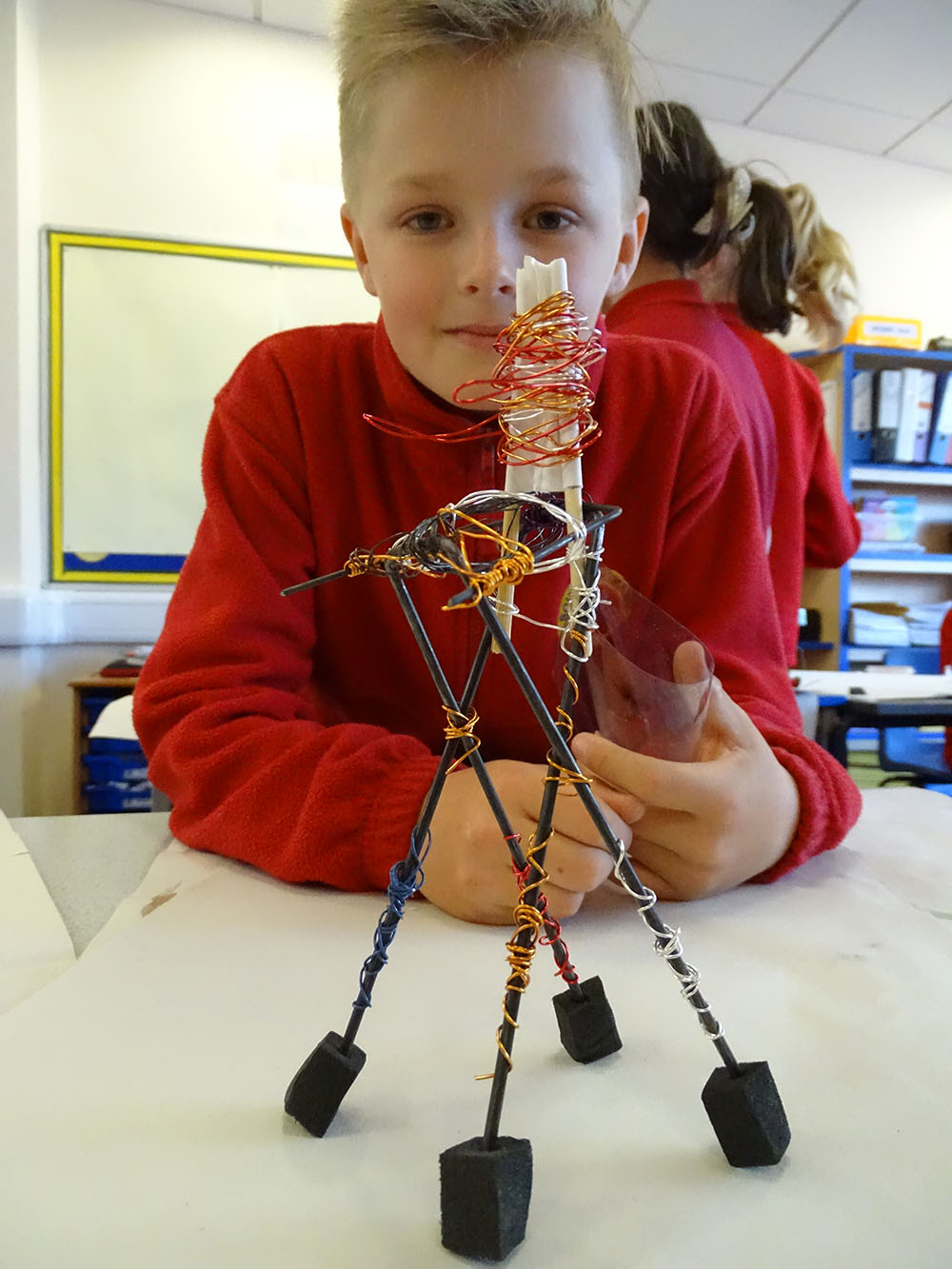
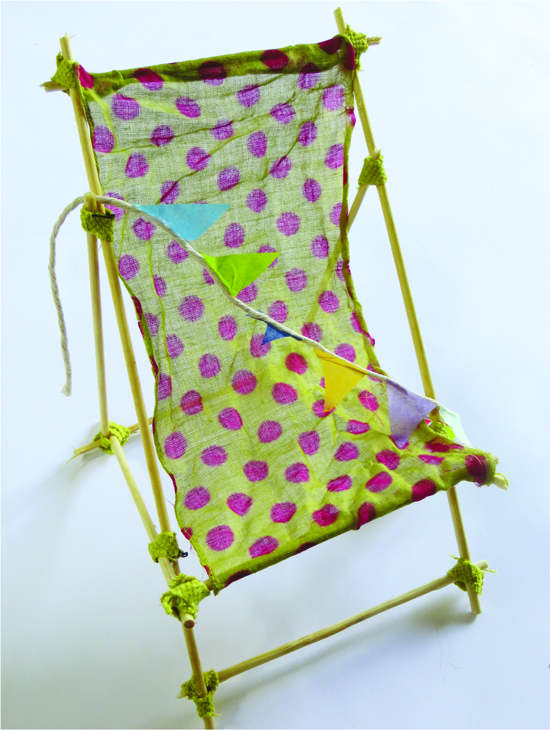

Teaching Notes
Find the MTP for this pathway here.
Please find the CPD session recording of the Take a Seat pathway here.
Curriculum Links
Maths: Measuring, 2D and 3D shapes, symmetry, angles.
Science: Forces and gravity.
PSHE: Responsibility to the planet, Collaboration, Peer Discussion.
I Can…
-
I have explored the work of a craftsperson / designer and seen how they bring personality to their work.
-
I have seen how chair design has changed through the ages.
-
I can use my sketchbook to make visual notes to record and reflect.
-
I can experiment with how I can make mini sculptures with lots of different materials, guided by a short sentence to help me.
-
I can use the Design Through Making technique to make a model of a chair which expresses an aspect of my personality.
-
I can see how my sketchbook exploration helped me work towards my final outcome, and I can see what I like and what I would like to do differently.
-
I can present and share my work, and talk about it with my classmates, and listen to their responses to my work.
-
I can respond to the work made by my classmates and I can share my thoughts.
-
I can take photographs of my work, thinking about focus, light and composition.
Time
This pathway takes 6 weeks, with an hour per week. Shorten or lengthen the suggested pathway according to time and experience. Follow the stages in green for a shorter pathway or less complex journey.
Materials
Soft B pencils, oil/chalk pastels, handwriting pens. Construction Materials (see list here).
See This Pathway Used In Schools
